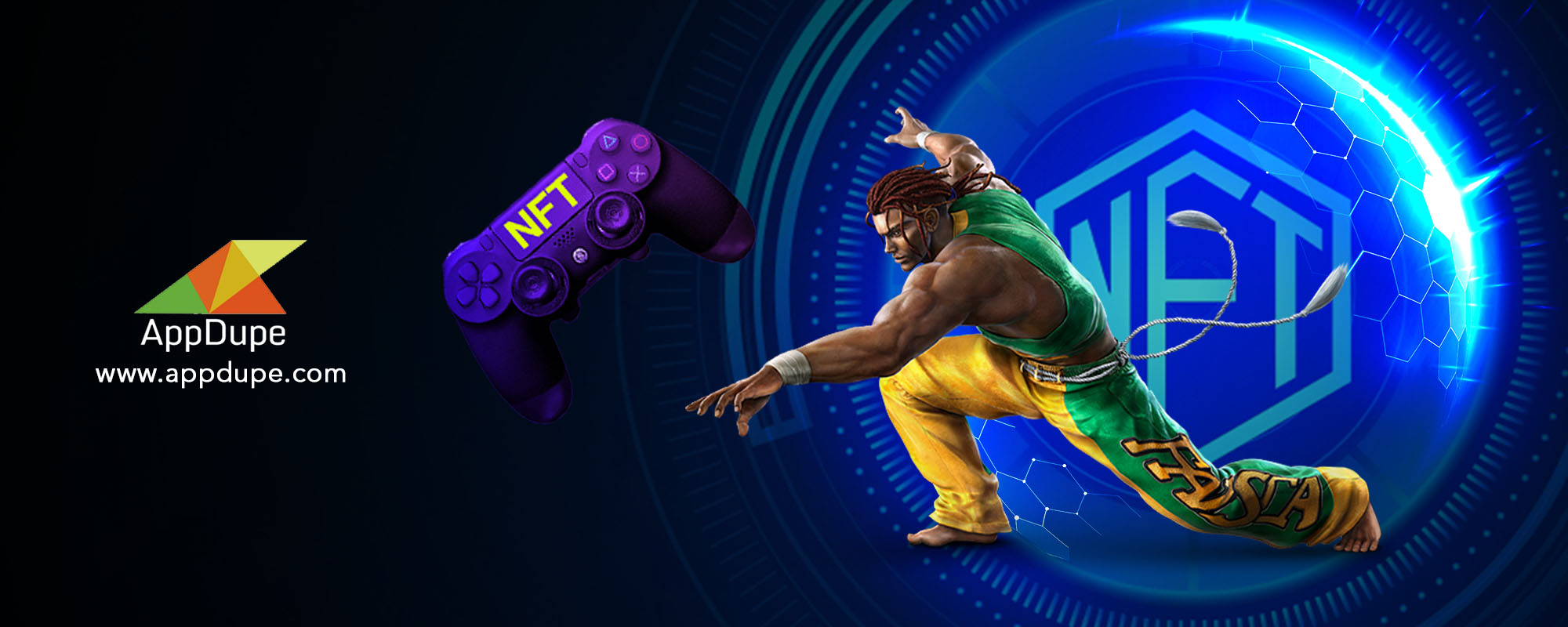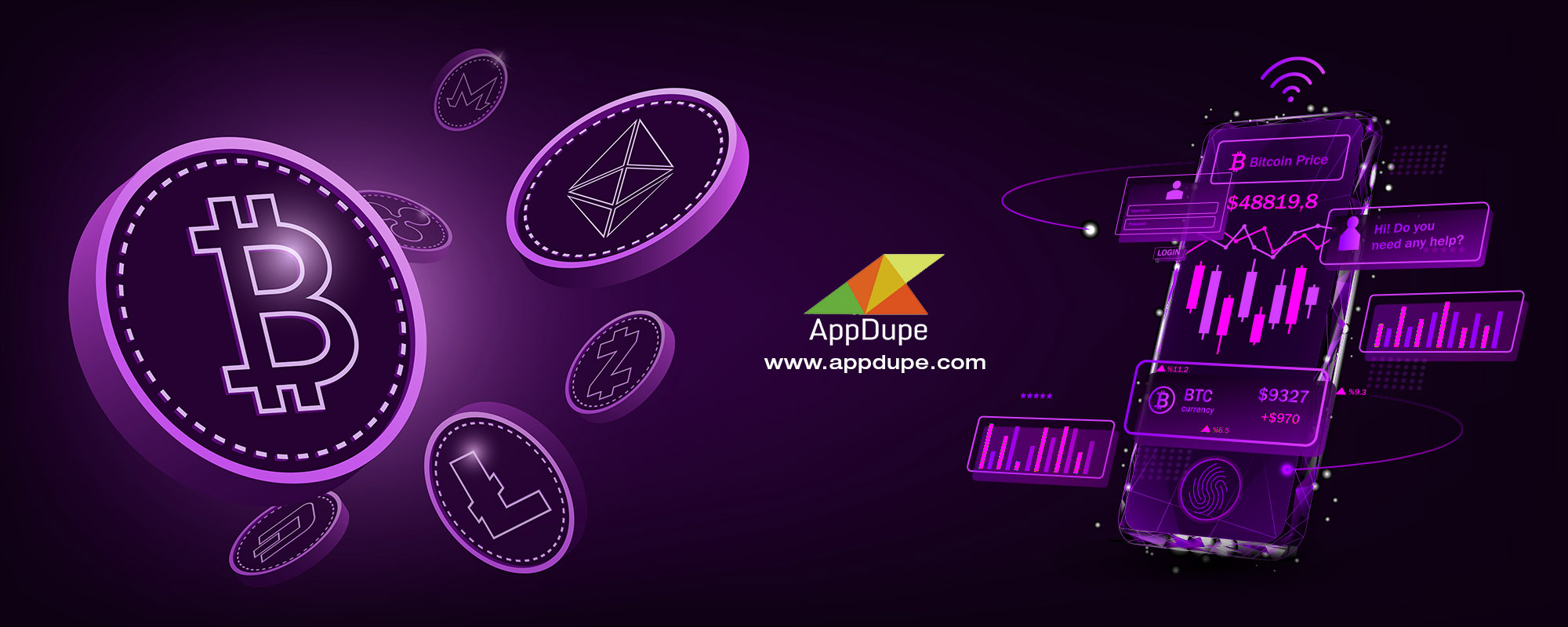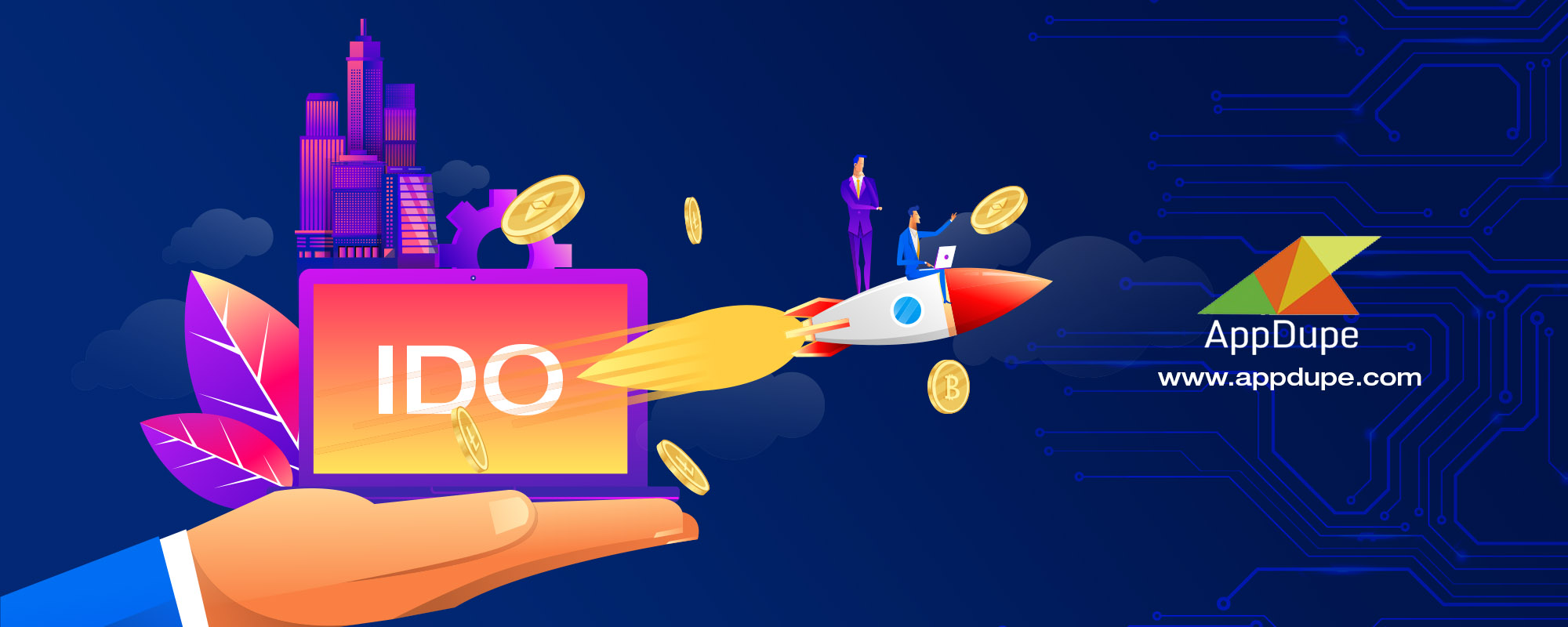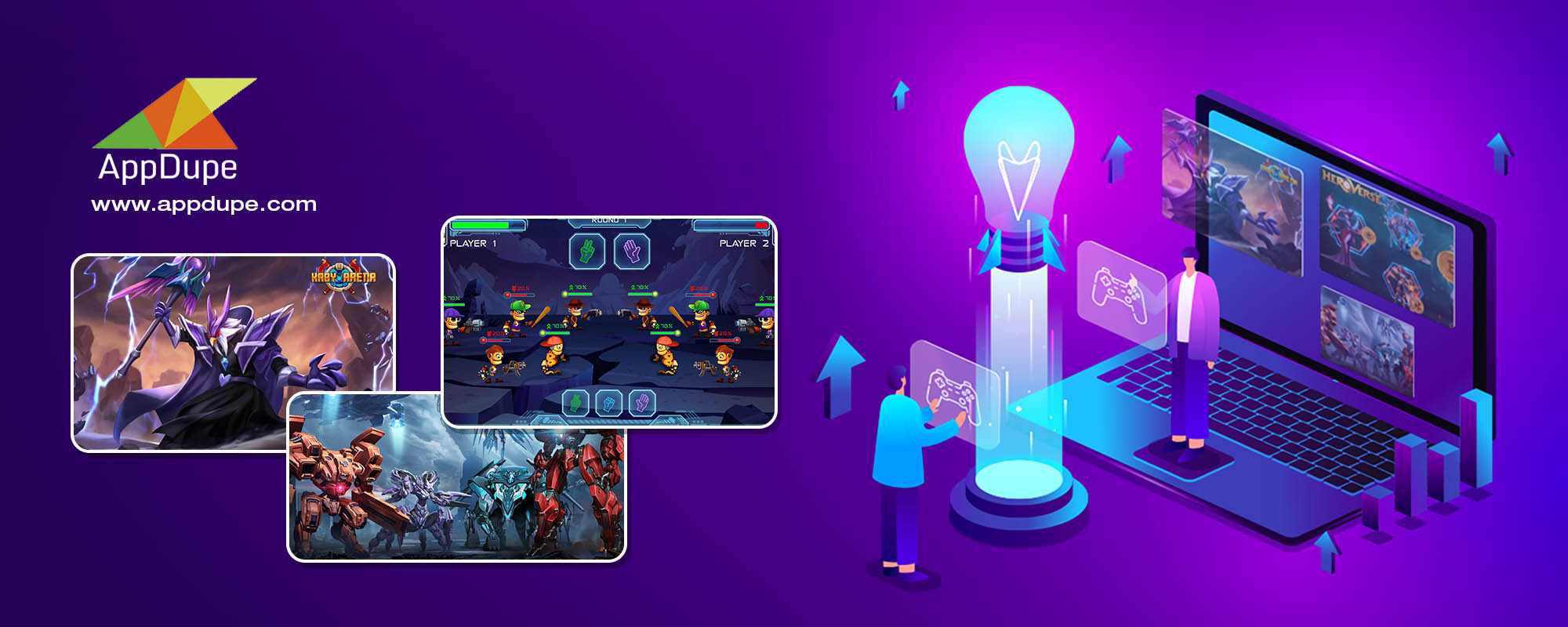Launch blockchain gaming projects with an Enjin Starter Clone
Author Crypto Launchpad Development, Enjin Starter Clone
Undoubtedly, the global gaming industry is undergoing rapid changes. The huge adoption of the metaverse is the reason. There is one launchpad that is helping project creators to monetize their games. It is none other than Enjinstarter. Built on JumpNet, an Ethereum scaling solution, users get advantages like the absence of gas fees, carbon-negative minting of NFTs, and the seamless transfer of assets across different blockchains. Are you an entrepreneur with a great interest in the Play-to-Earn (P2E) potential of gaming? Develop an Enjin Starter clone in partnership with AppDupe.
The key features of an Enjin starter clone
Active Projects section – It shares details of projects that are going to be launched in the coming months. Interested users can see information like the funds to be raised (in cryptocurrencies and stablecoins), the date of the Initial Decentralised Exchange Offering (IDO), and the token price.
Subsequently, they should click the Learn More button. It displays information like the total supply of native tokens, the name of the blockchain network and when the game would be launched. They can decide after viewing the market capitalization, and the token distribution strategy.
Instant registration – Users can easily participate in an Initial Decentralised Exchange Offering (IDO). They need to sync their software wallet and undergo Know Your Customer (KYC) and Anti-Money Laundering (AML) verification. Importantly, investors need to possess a specific number of EJS tokens. Thus, they can participate in the fundraising campaign on a first-come-first-serve (FCFS) basis.
What if investors require more ERC-20 tokens? They can sync their MetaMask wallet and purchase EJS tokens from Decentralised Exchanges (DEXes) like Uniswap and PancakeSwap. Subsequently, donors will receive an email about the token allocation. Generally, this happens a few hours before the start of the Initial Decentralised Exchange Offering (IDO).
EJS Tiers – For instance, Enjinstarter distributes tokens to investors in 3 tiers (Universe, Metaverse, and the Multiverse). Undoubtedly, the allocation of tokens like $EJS functions on a First-Come First Serve (FCFS) basis. Thus, the distribution pattern depends on aspects like Token Boost and Time Boost.
In case, users hold a large number of ERC-20 tokens in a single wallet, their chance of getting a higher allocation increases. What happens when investors have split their native token holdings into two wallets?
The multiplier effect ensures uniformity and equality. This helps donors who hold a specific number of EJS tokens in a single wallet for a specific period.
This gives them a boost in allocation every day. Moreover, real-time stats are available about the project allocation, total wallets, and the minimum allocation. Thus, the stats related to weights, allocation multiplier, and minimum allocation of tokens will vary in the 3 tiers. Moreover, this is applicable without considering the token boost and time boost percentage.
Staking mechanism – Users can stake their existing balance of EJS tokens and participate in the fundraising campaign. Eventually, donors contribute liquidity. For instance, an IGO launchpad like Enjin starter supports 3 blockchains (Ethereum, Binance Smart Chain, Avalanche, and the Polygon sidechain).
Users can connect their MetaMask wallet and other wallets supported by the WalletConnect open-source protocol. Details like the Annual Percentage Yield (APY), the total staked amount by liquidity providers (in USD), weekly rewards, duration, and expiry time are available. This ensures transparency
Power up the blockchain gaming industry with an Enjin Starter Clone
Token Genesis Event: The backbone of an Enjin Starter Clone
- Project creators aiming to take their games to the mass market must take a look at the Token Genesis Event (TGE).
- Aspiring gamepreneurs can create value for their community by implementing an appropriate token distribution strategy.
- You must share information about the price of tokens, the release schedule (monthly), and the type of fundraising campaign (seed, strategic, private and public)
- Importantly, users will know the total funds required, the number of tokens sold, and the percentage reserved for vesting.
- Overall, gaming project developers can divide the entire public or private fundraising campaign into different phases. This ensures hassle-free distribution of tokens to investors.
- Post the successful completion of the campaign, there will be a huge difference in the initial market capitalization and the fully diluted market cap at the token genesis event (TGE).
What is the difference between Community Allocation Pool (CAP) and the Guaranteed Allocation Cap (GAP)?
Generally, the Community Allocation Pool (CAP) works on a First-Come-First-Serve (FCFS) basis. Thus, users who hold a specific number of $EJS tokens can take part in the fundraising campaign.
However, Guaranteed Allocation Cap (GAP) functions differently. Users get a certain number of EJS tokens. However, their allocation strategy differs based on the tier where they are placed (Universe, Metaverse, and the Multiverse). Eventually, the participation in the Initial Decentralized Exchange (IDO) offering depends on the number of ERC-20 tokens, the token boost (in %), and the duration where they are holding $EJS tokens in their software wallet (time boost).
Gaming project developers can also attract institutional investors by offering exclusive rounds for people in the Guaranteed Allocation Cap (GAP). Besides that, they can come out with innovative measures like offering tokens for all tiers in the Guaranteed Allocation Cap (GAP) or only for those members of the Multiverse and the Metaverse tiers. Thus, users of the Universe tier will get exclusive access to the virtual tokens distributed on a First-Come-First-Serve (FCFS) basis.
As users move from one tier to another, the number of $EJS tokens to hold and the tier weight % will rise. Moreover, the allocation strategy changes depending on the size of the fundraising pool (small and big).
How does the time boost calculation happen?. People who hold the EJS tokens for a longer period will witness an increase in Allocation Time Boost %. Subsequently, a picture of the user’s wallet is taken. This circulates information about the time boost for each wallet and the final list of whitelisted wallets for the next Initial Decentralised Exchange Offering (IDO).
What happens when the number of $EJS tokens held in a wallet is less than the amount taken in the previous photo? The Time Boost for the software wallet is reset. In the long run, the token allocation strategy varies based on the number of participants in the Initial Decentralised Exchange (IDO) offering.
Wrapping Up
Wish to provide a platform for launching blockchain-based projects? Reach out to our proficient team now for developing an Enjin starter clone.
Develop an IGO launchpad like Enjin Starter and enable innovative projects to enter the metaverse

Marketing is my soul mate and writing is my side kick. Using my writing skills to share the knowledge of app development and upcoming technologies.








